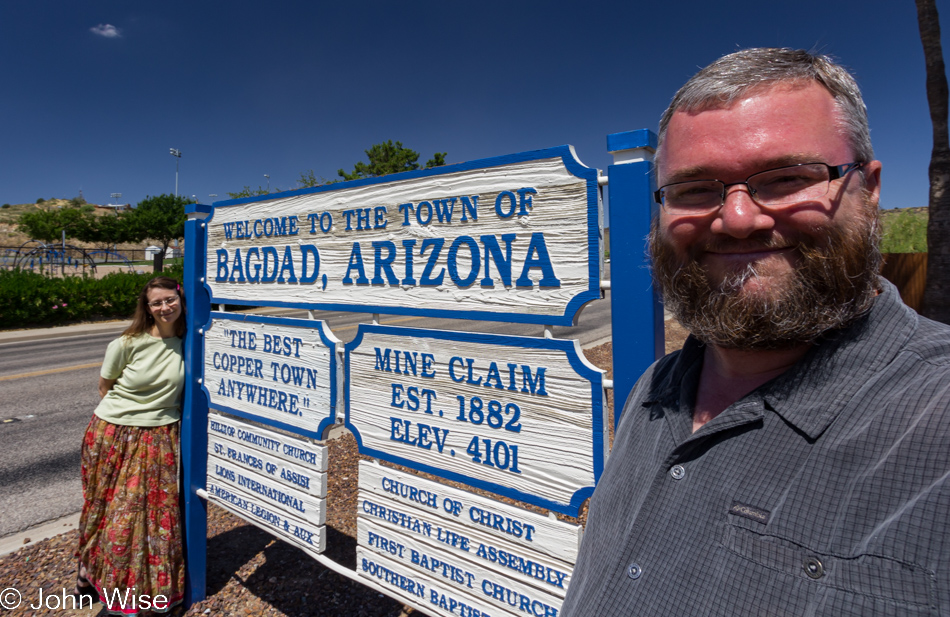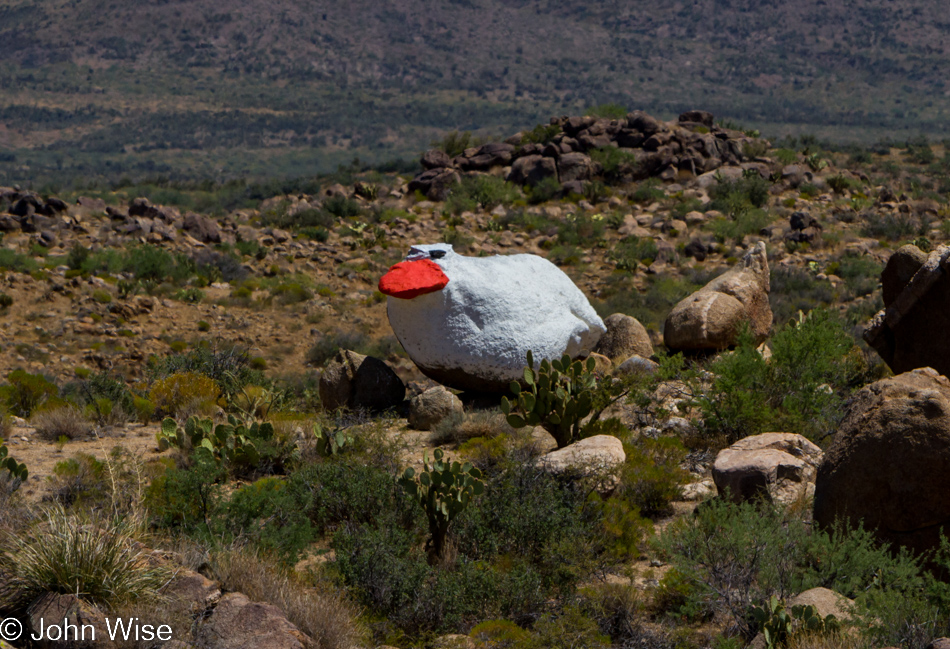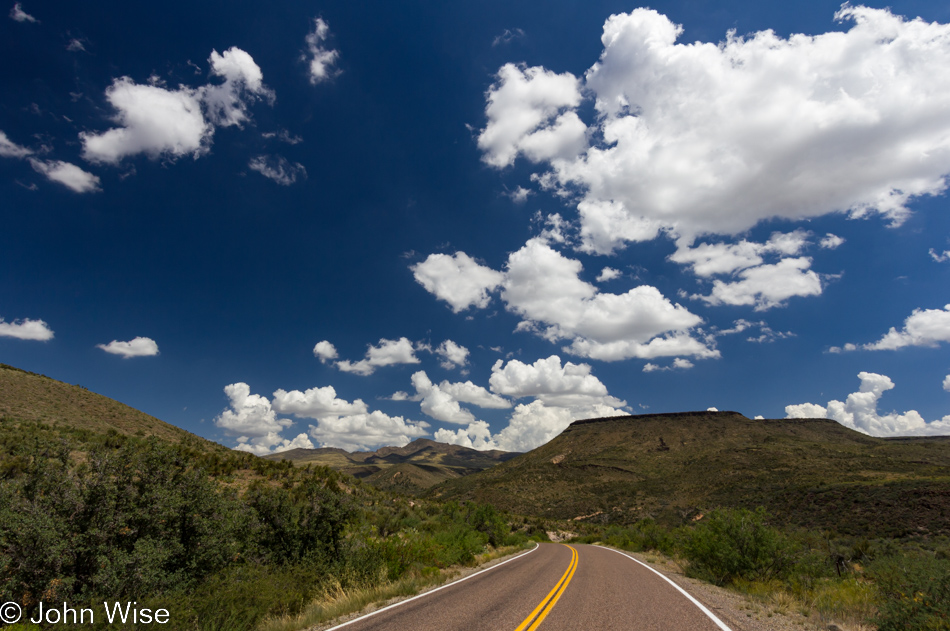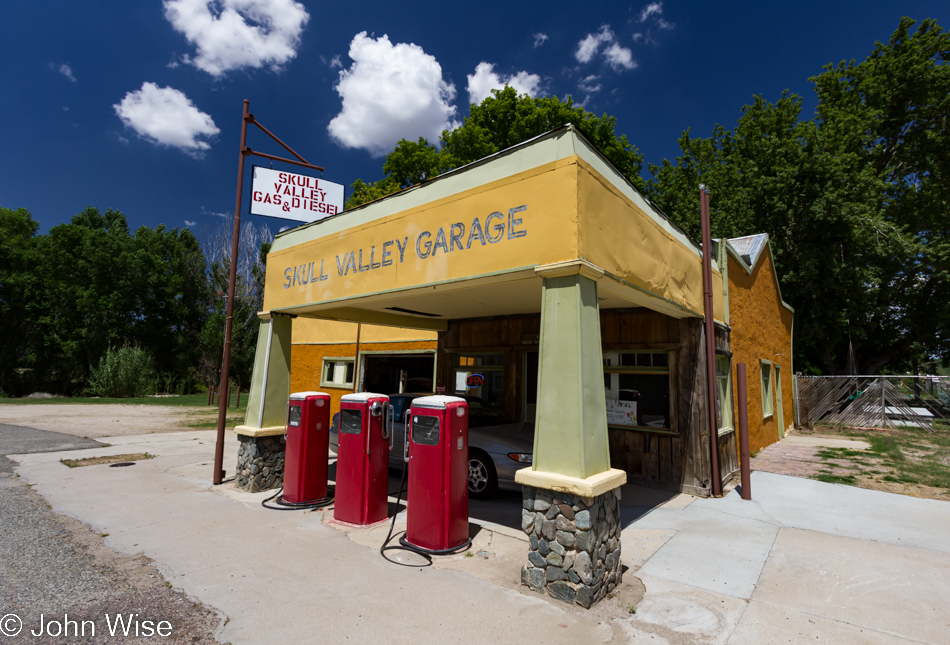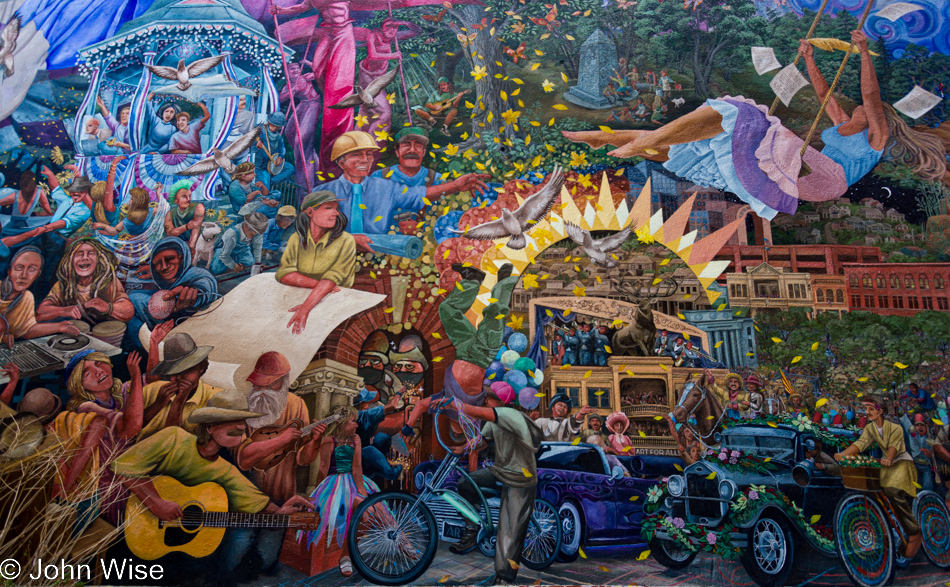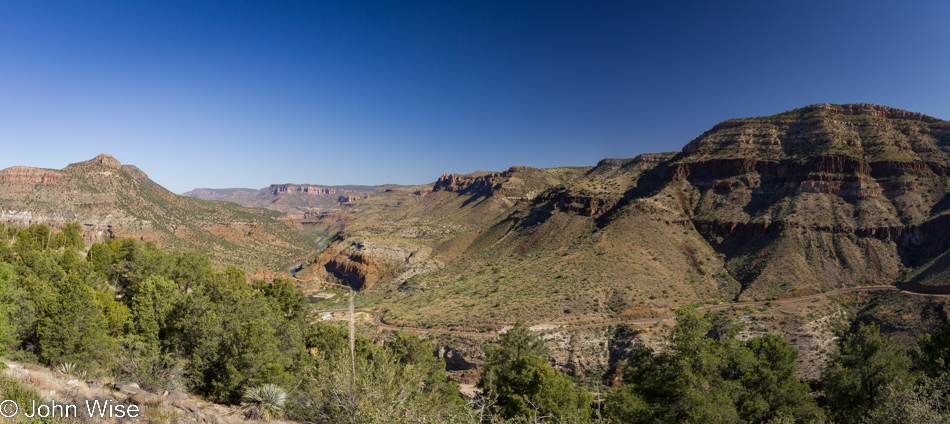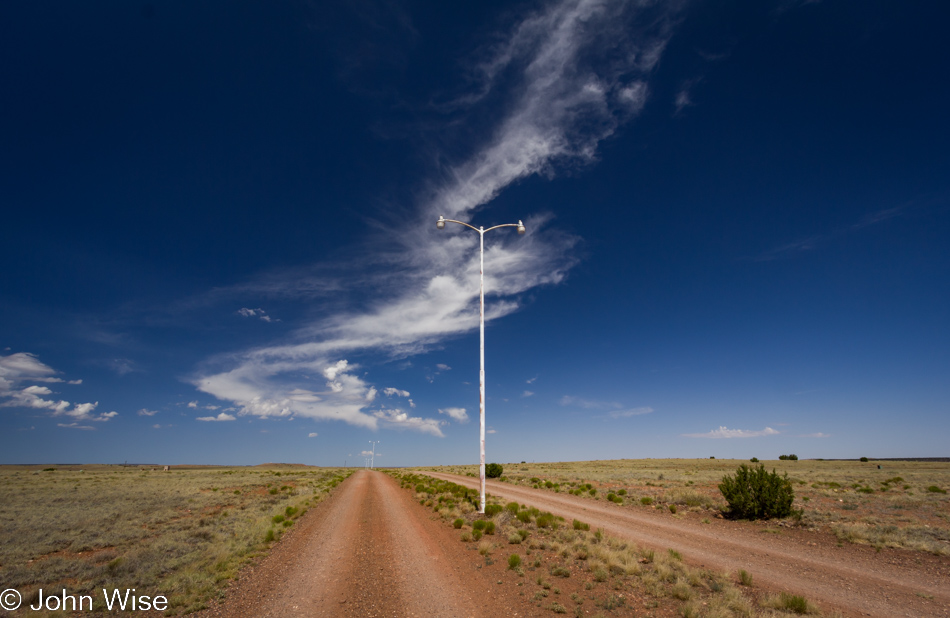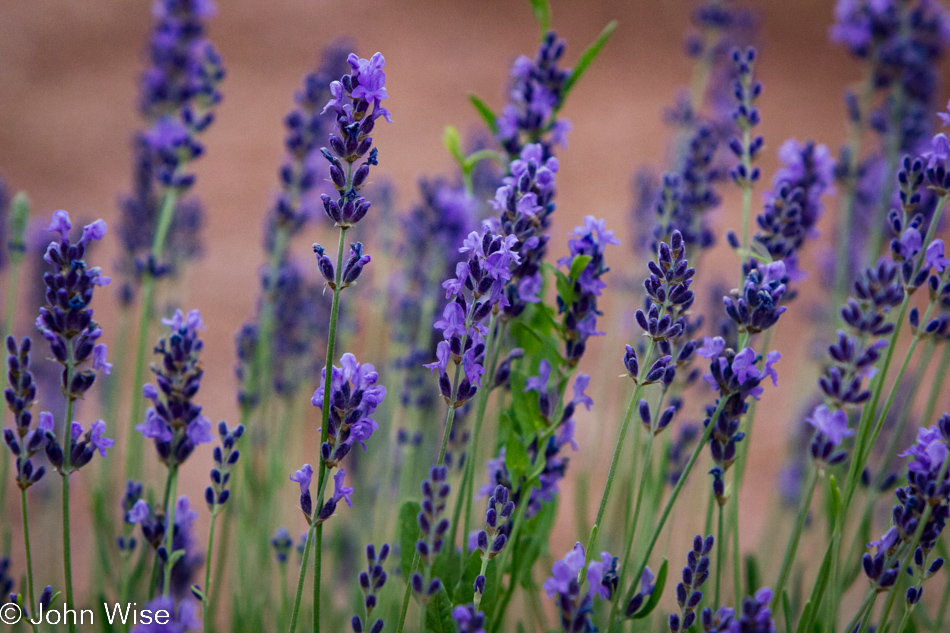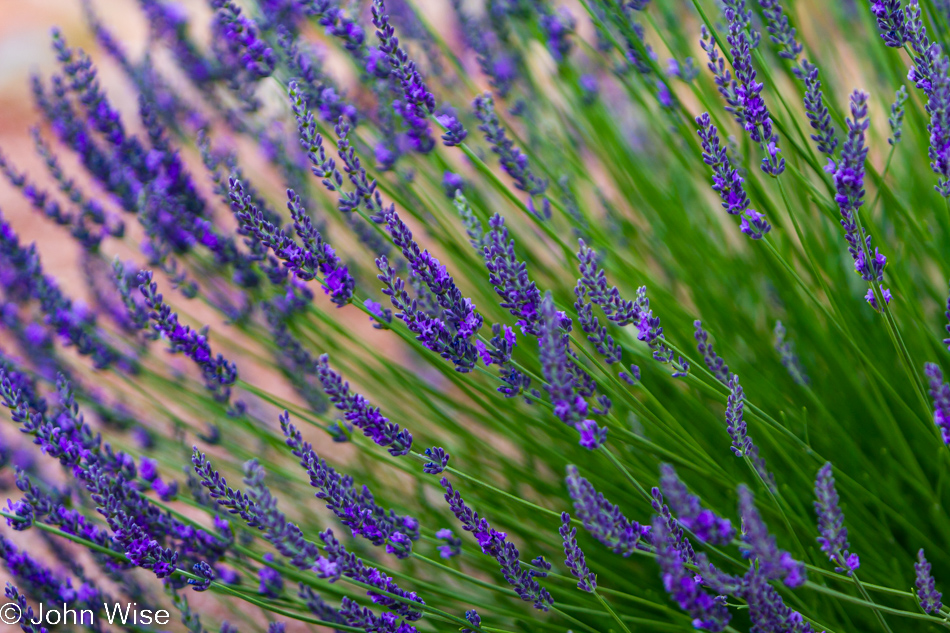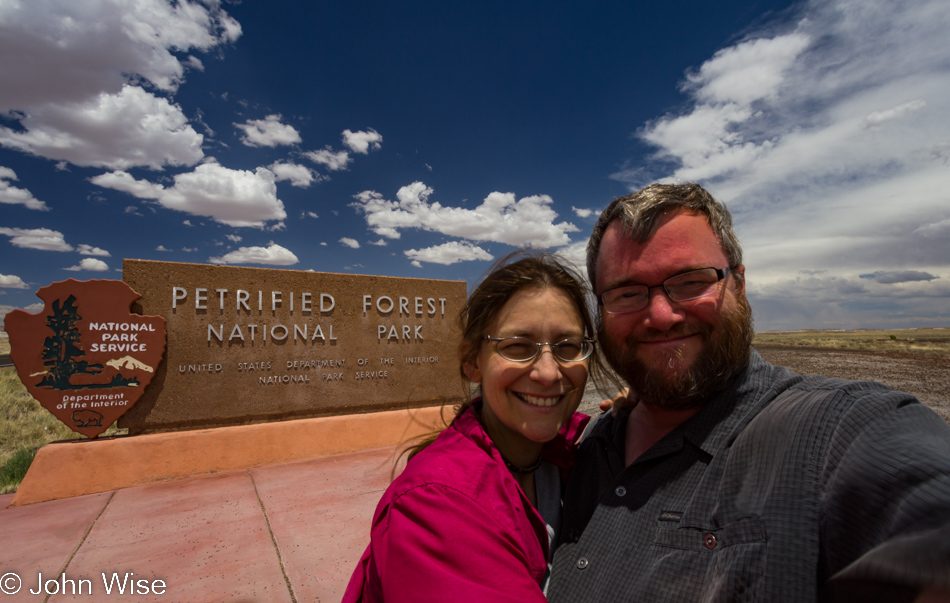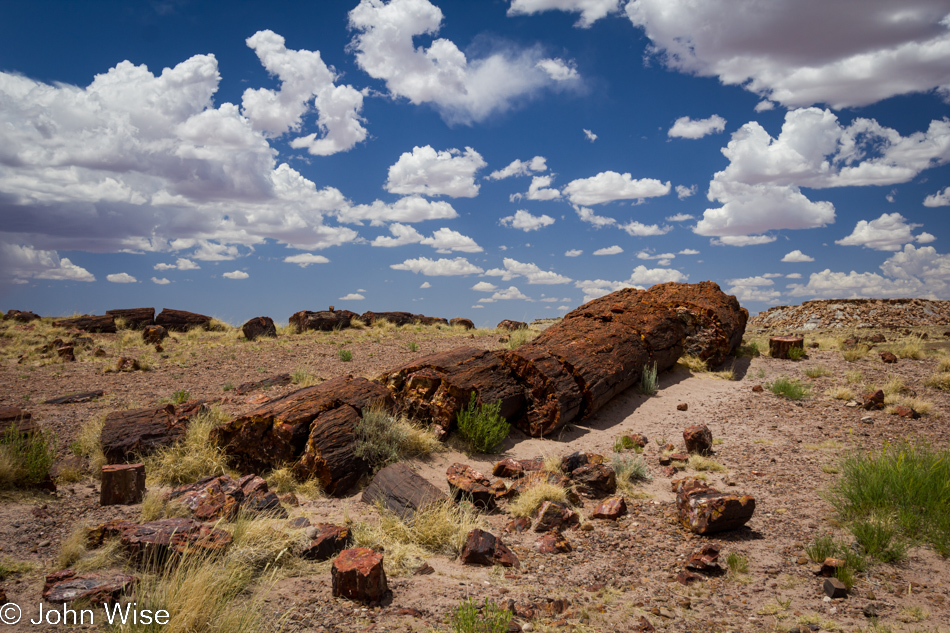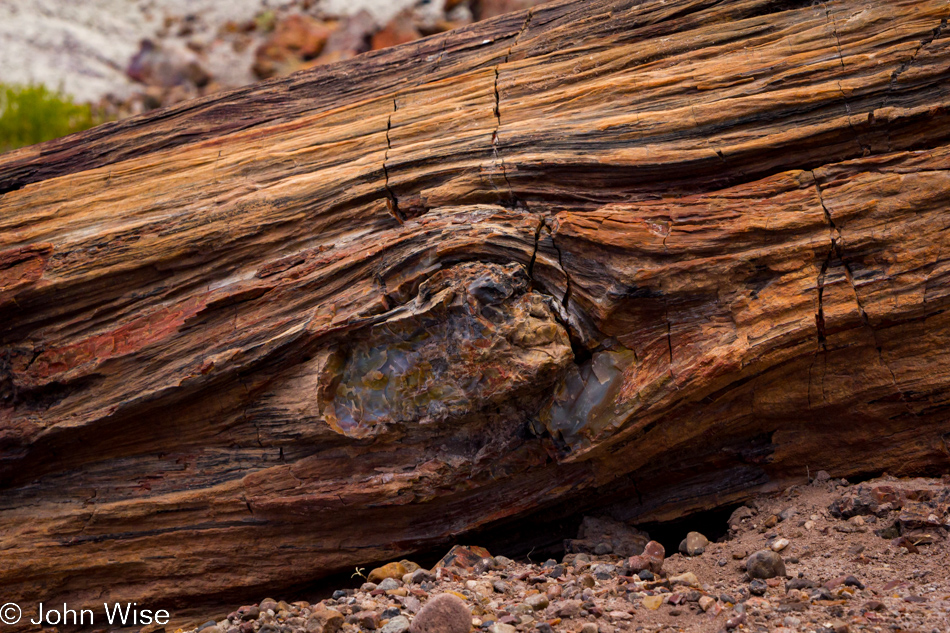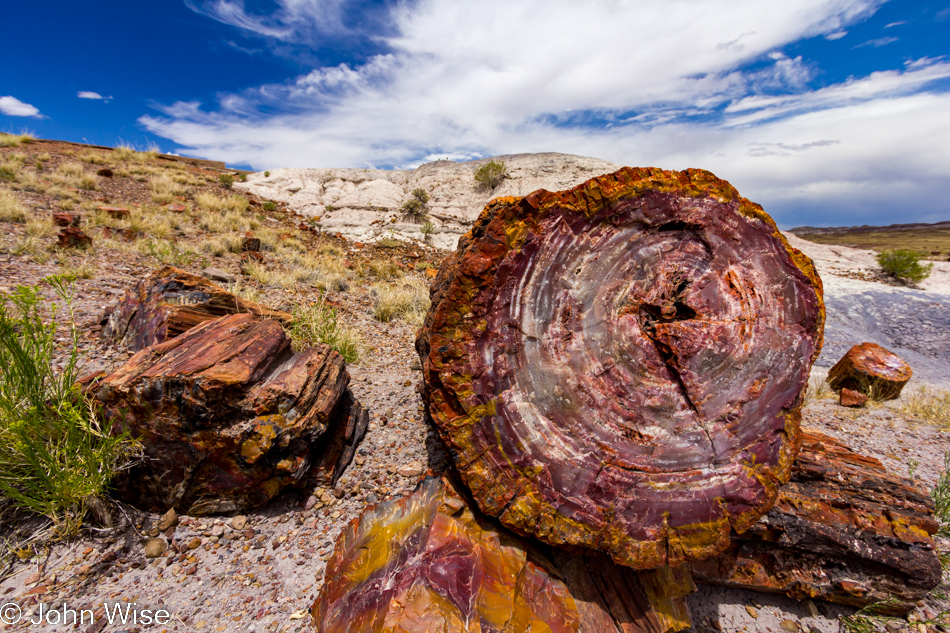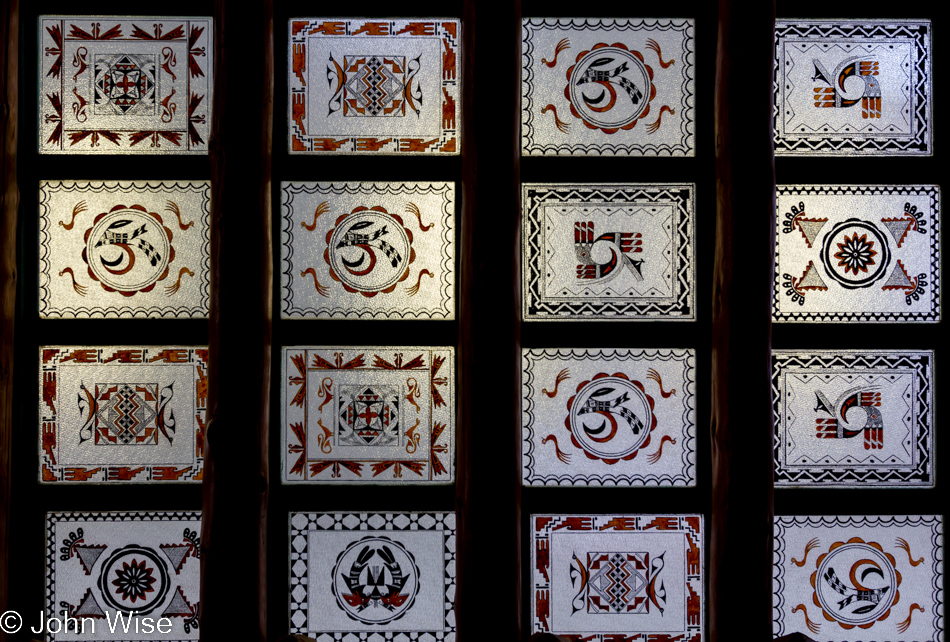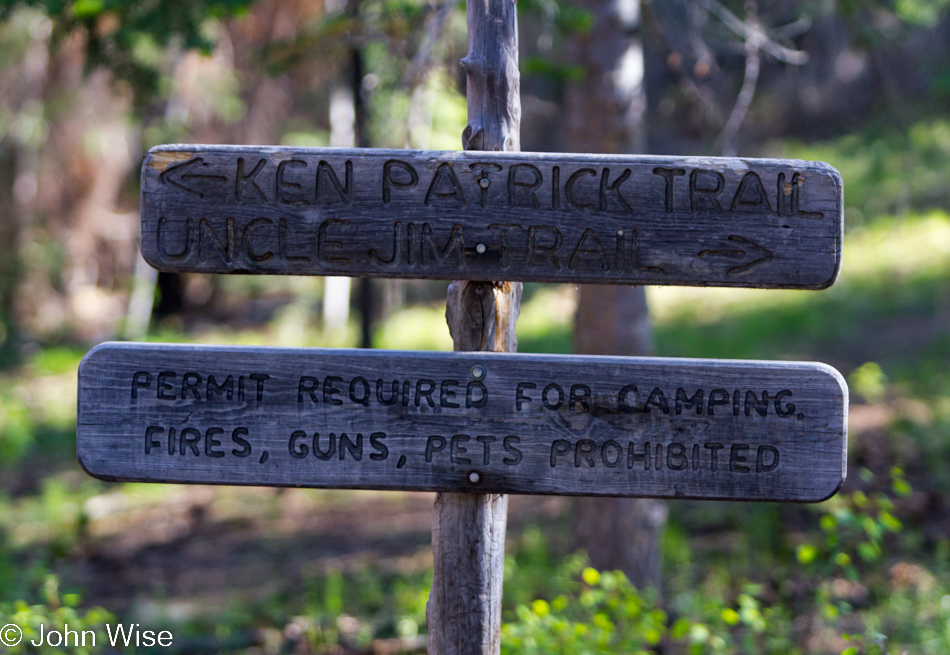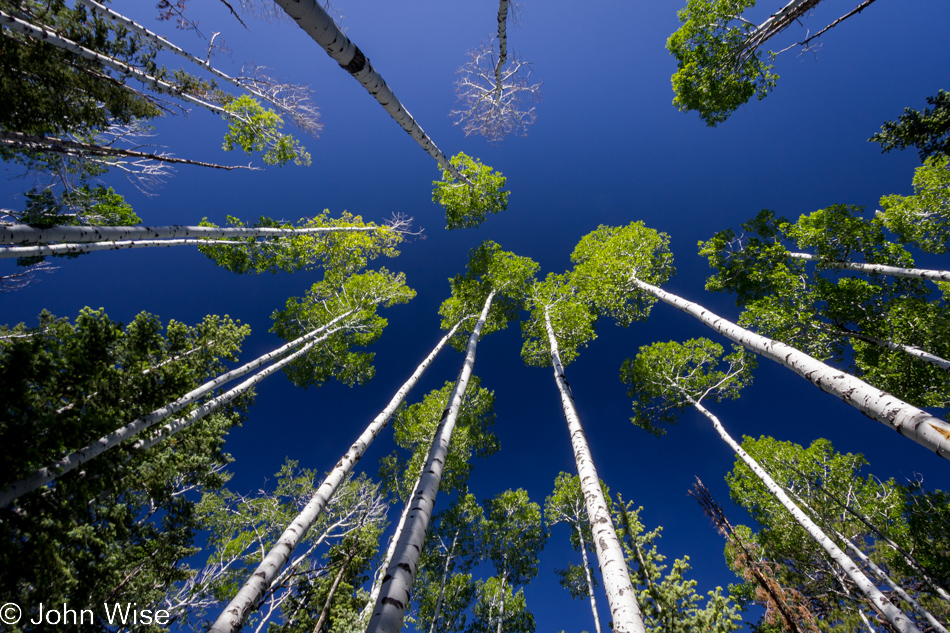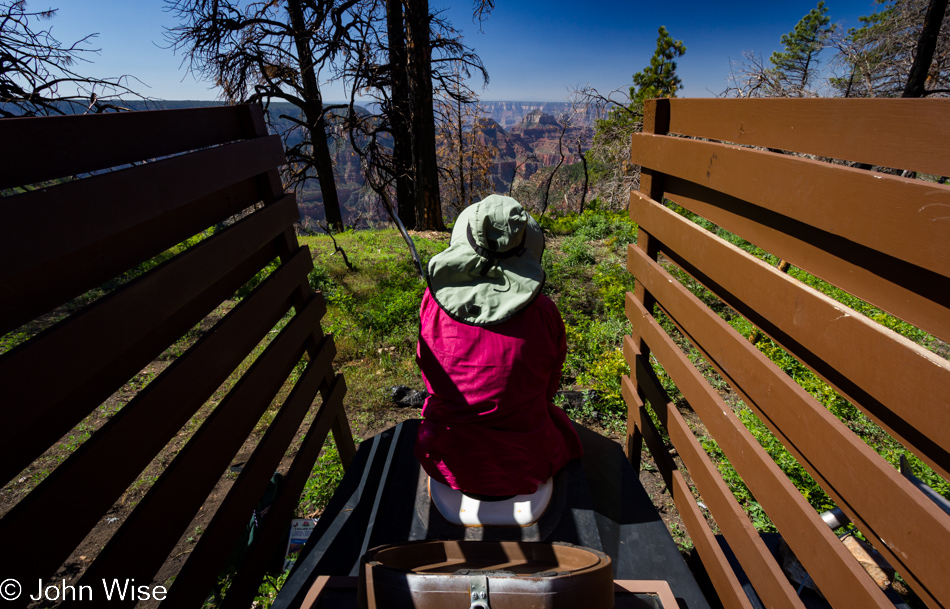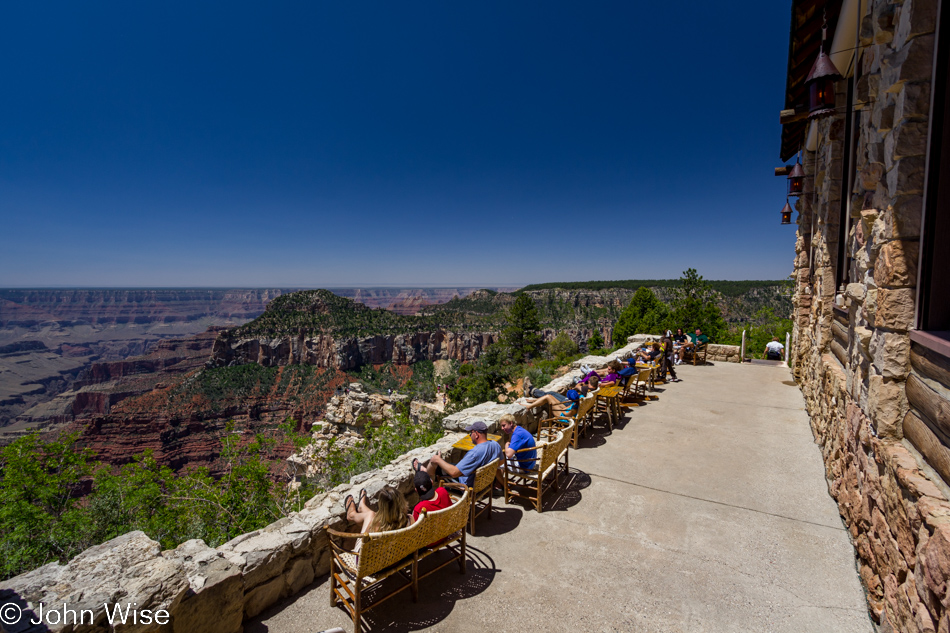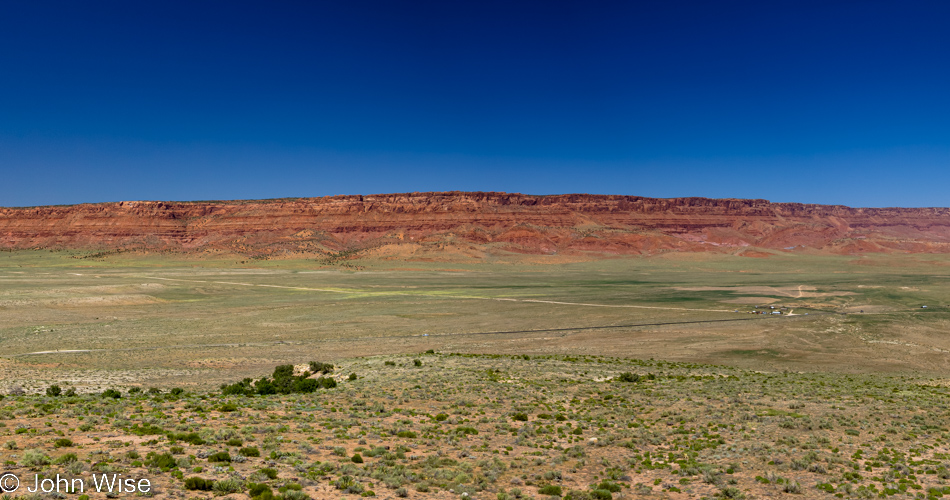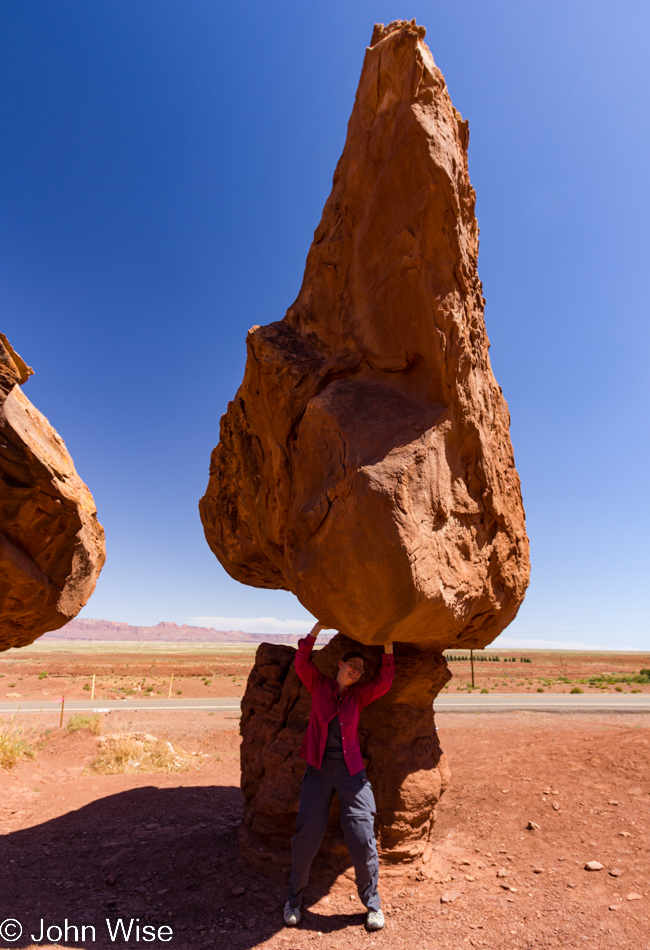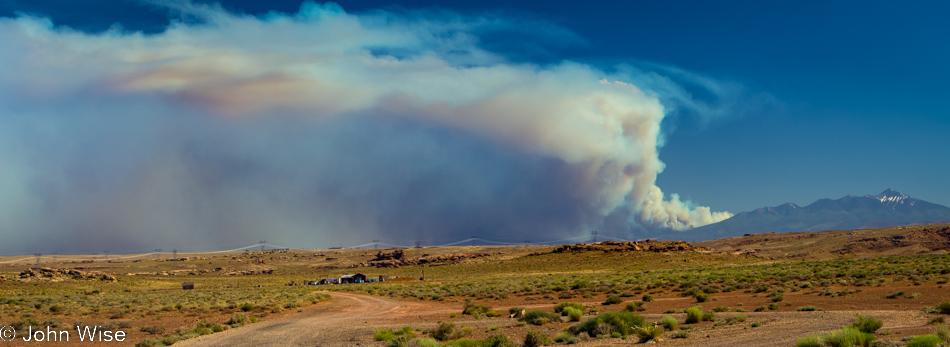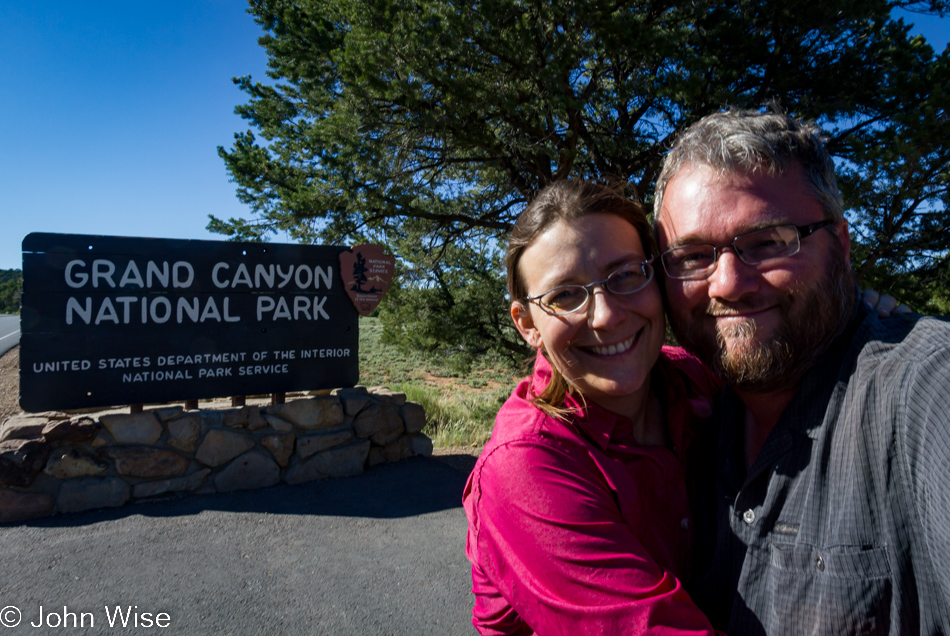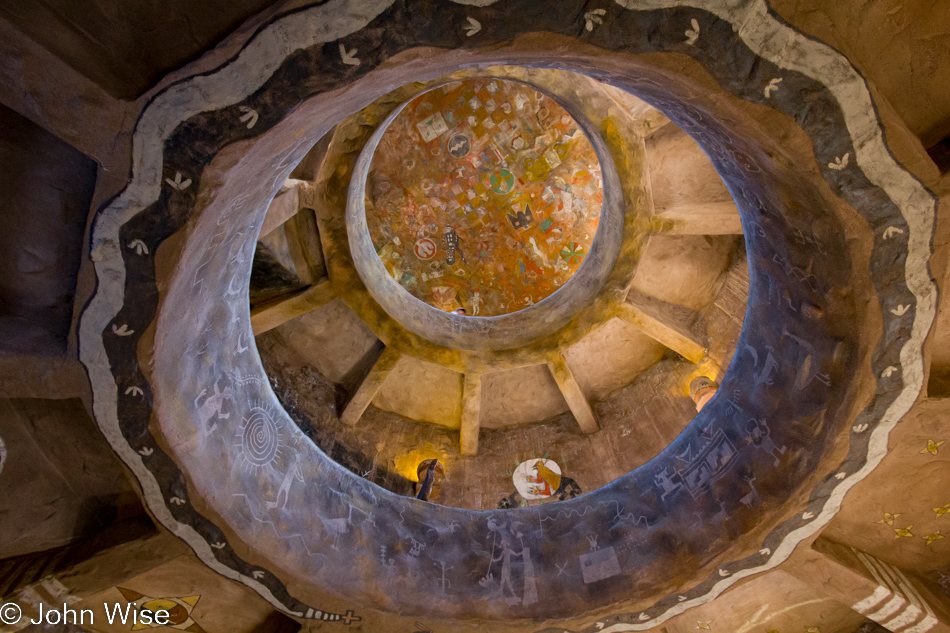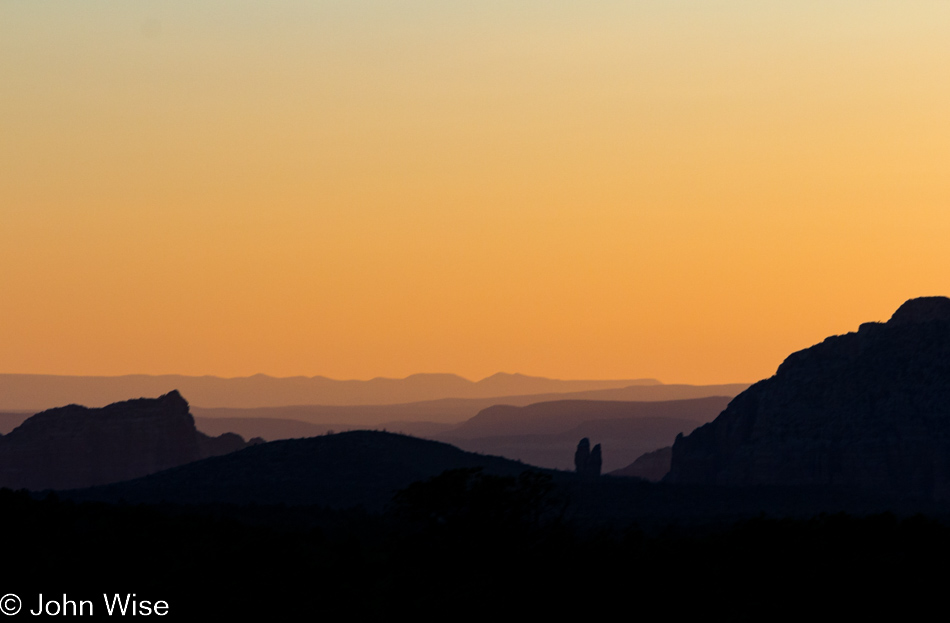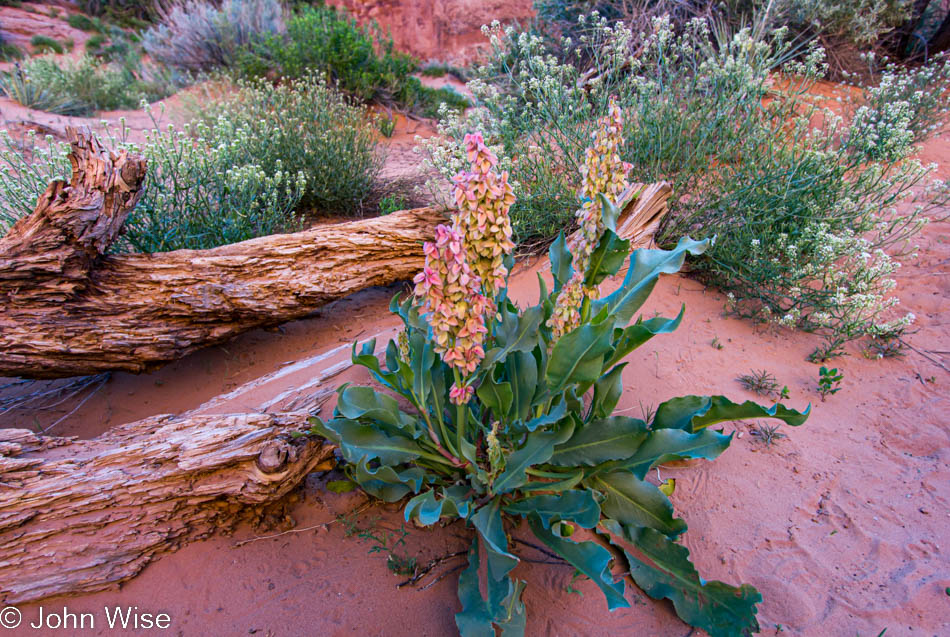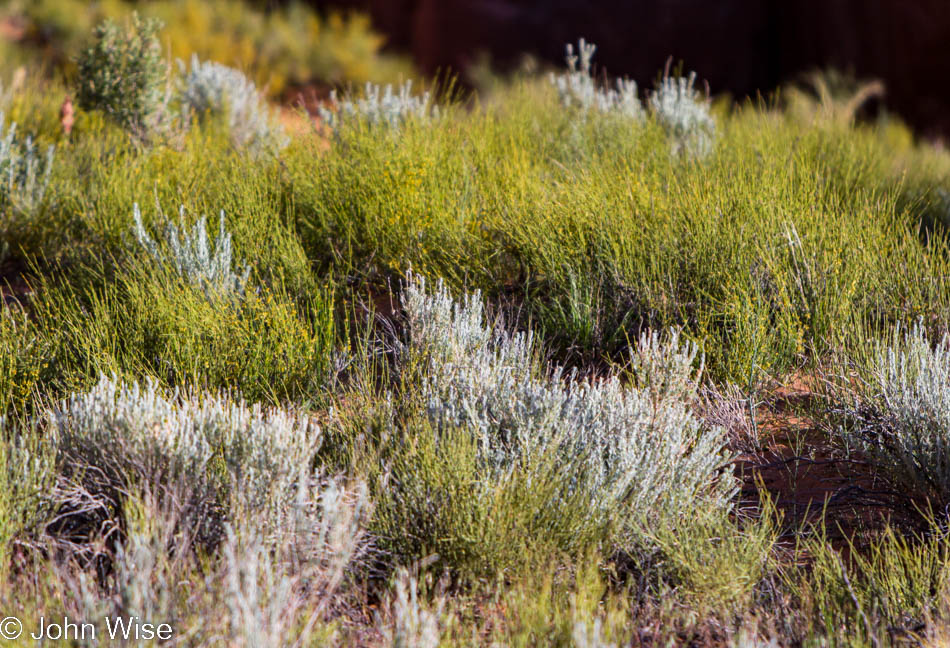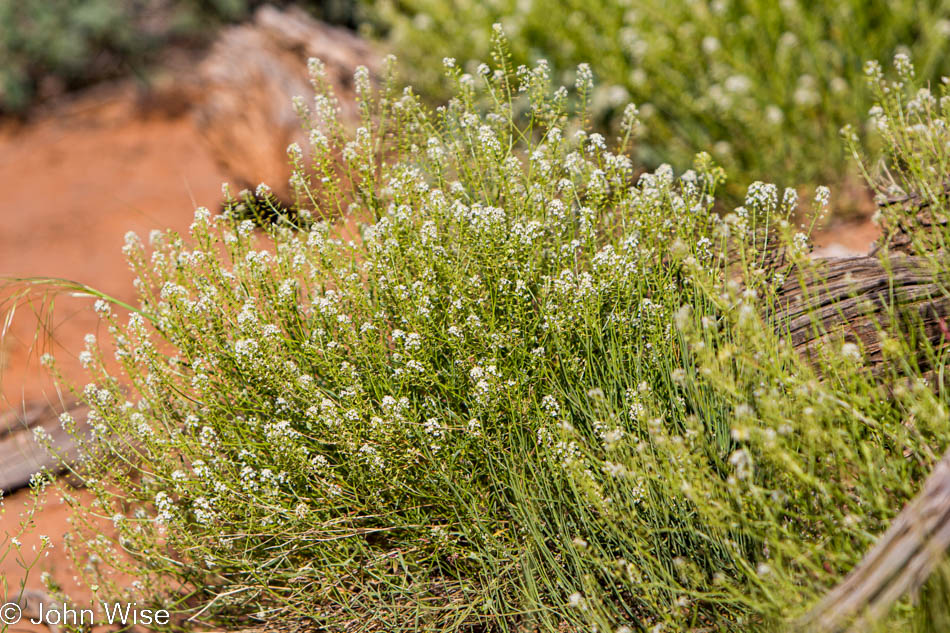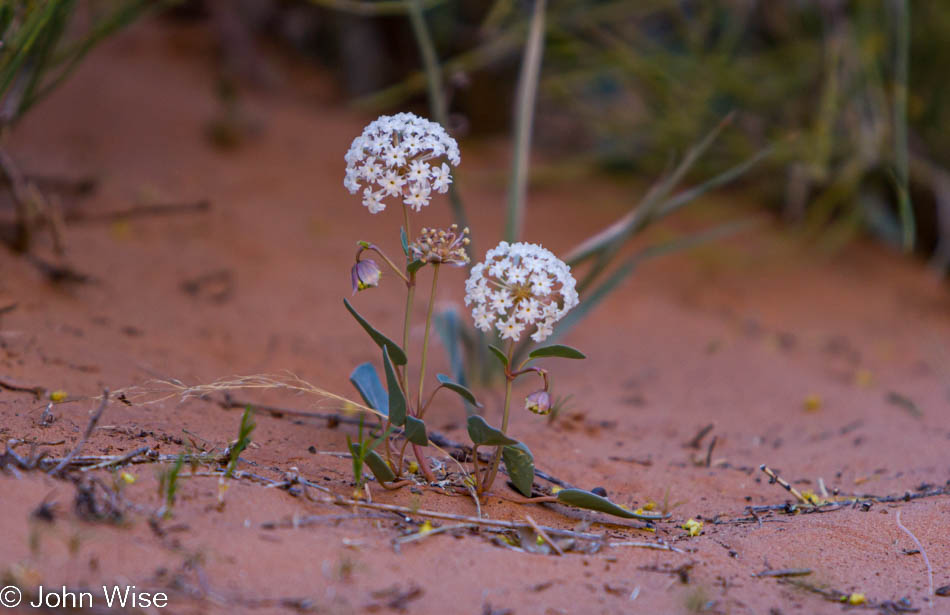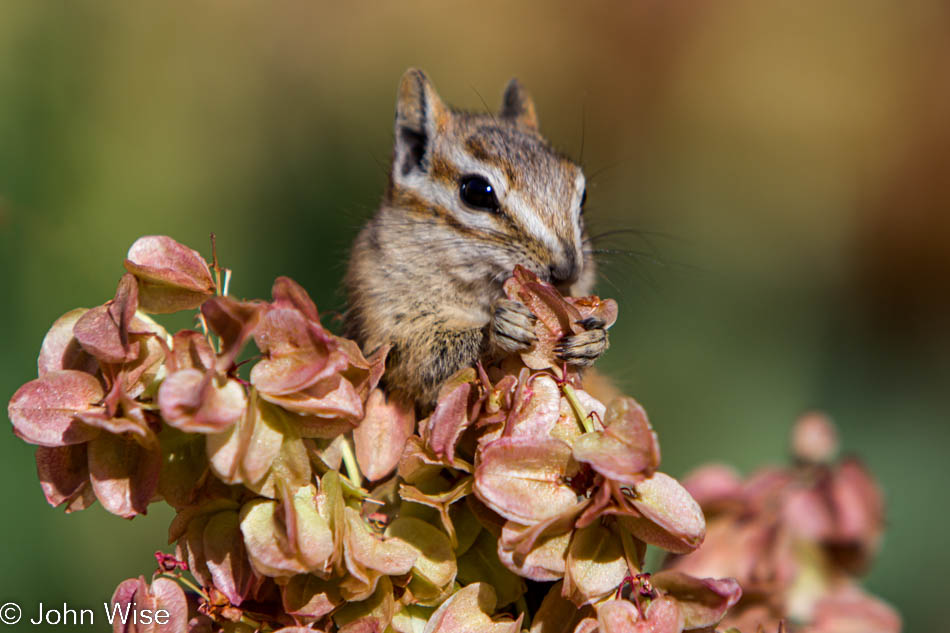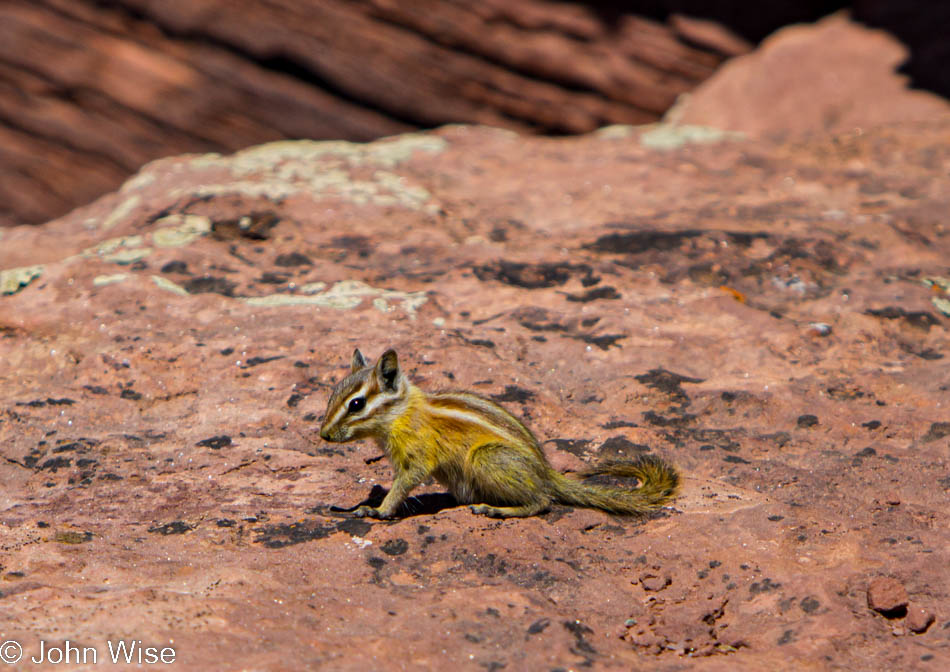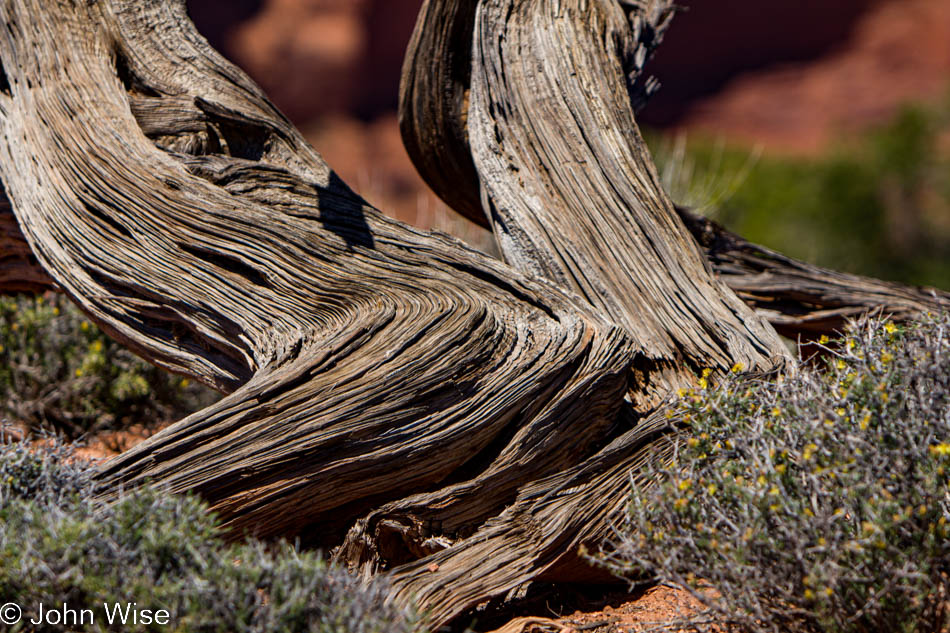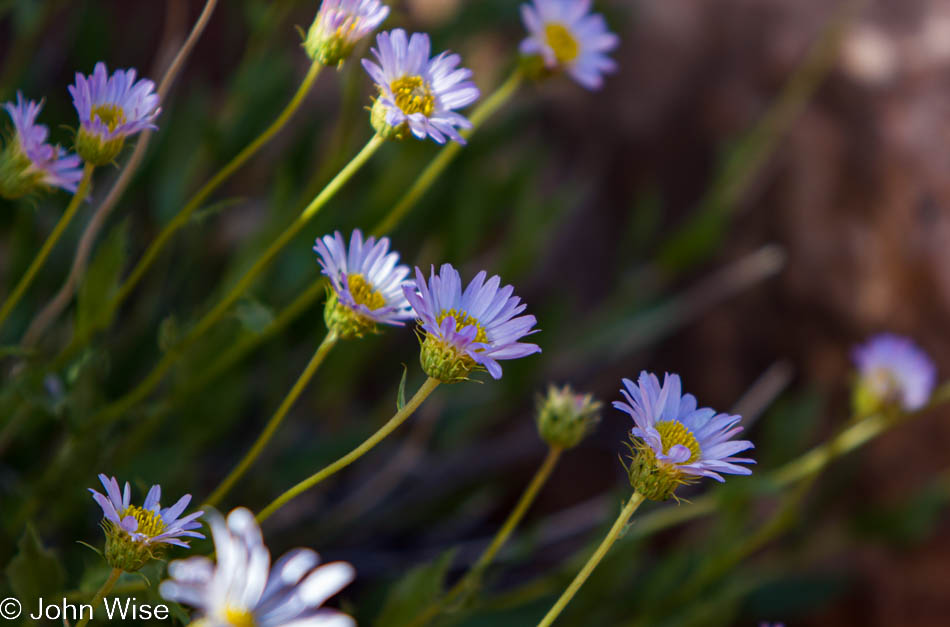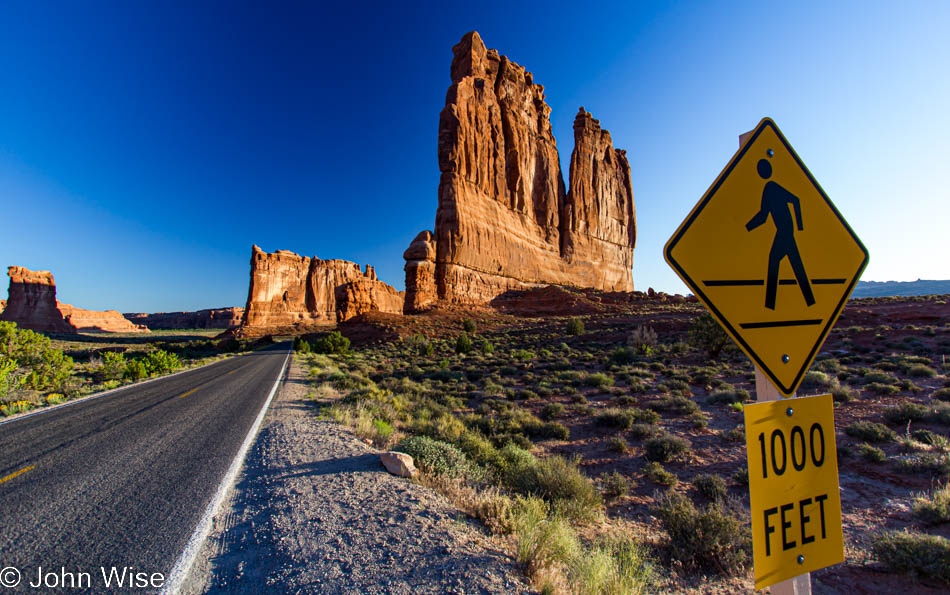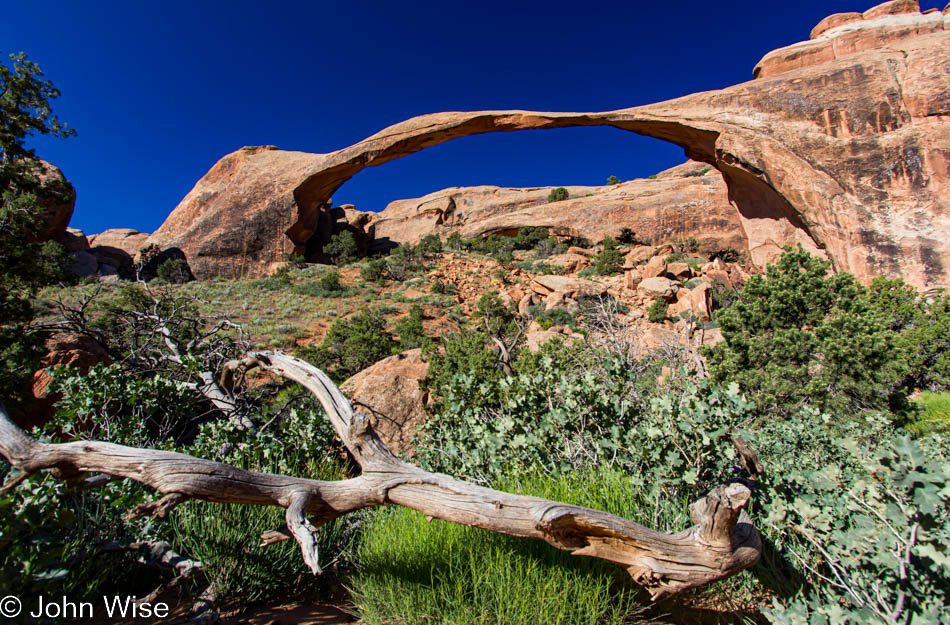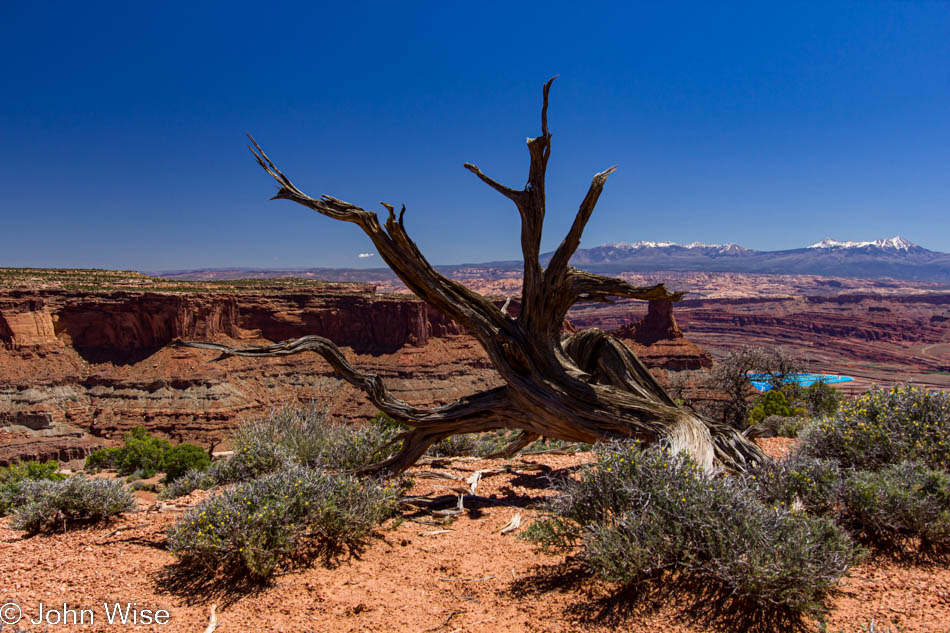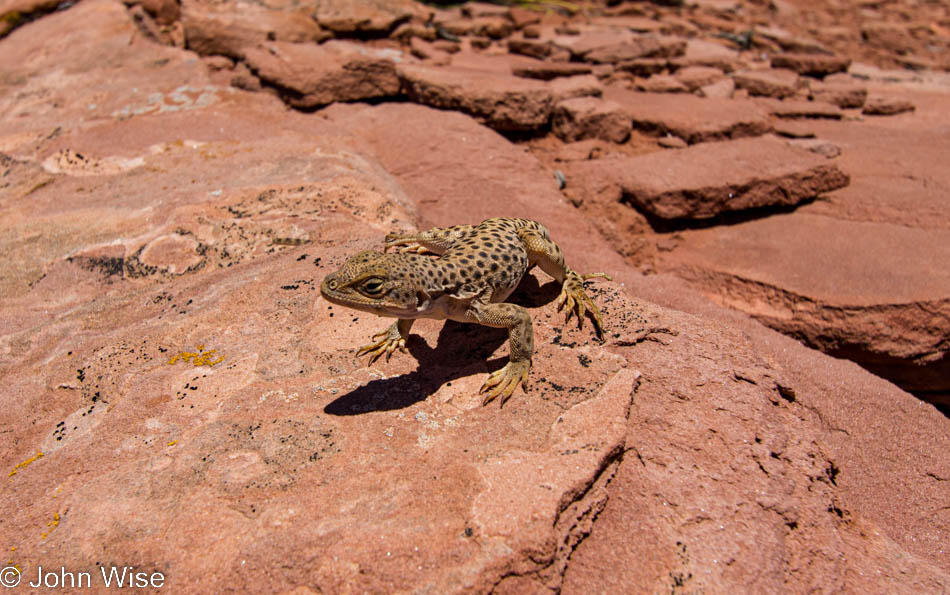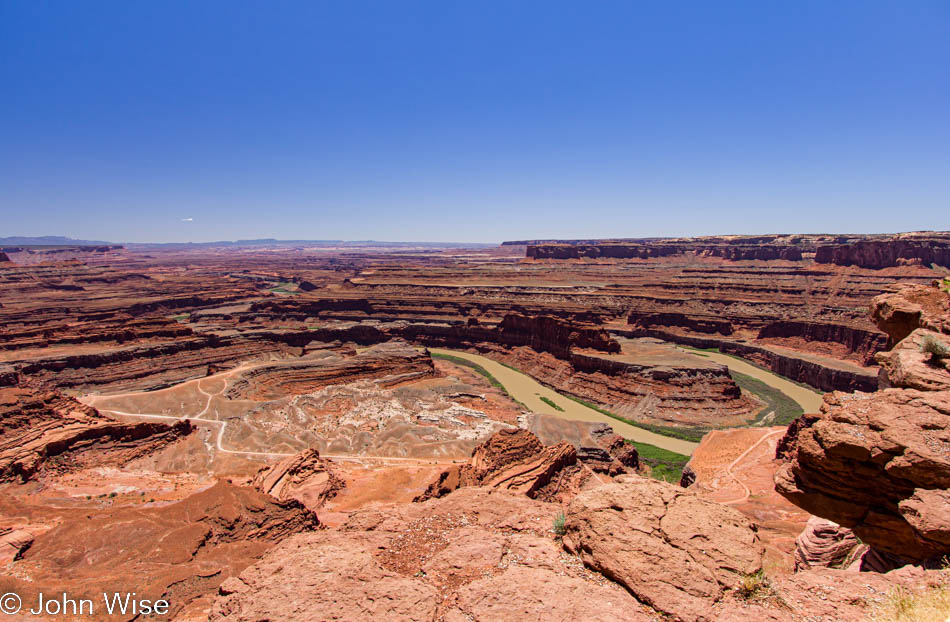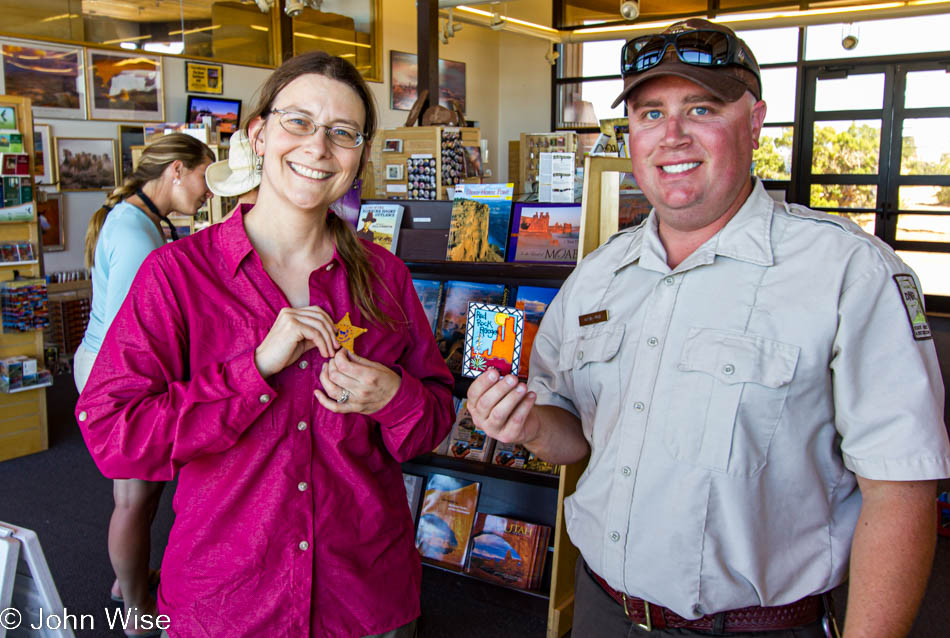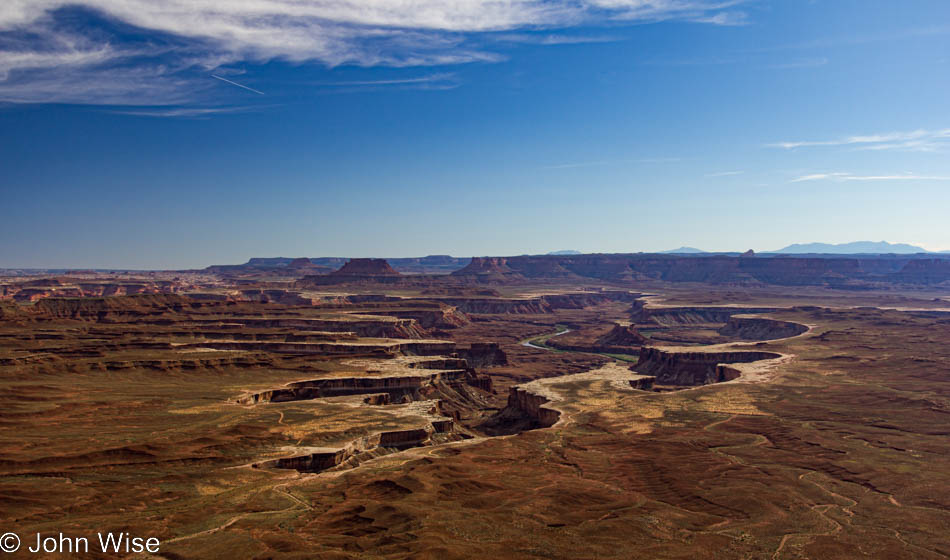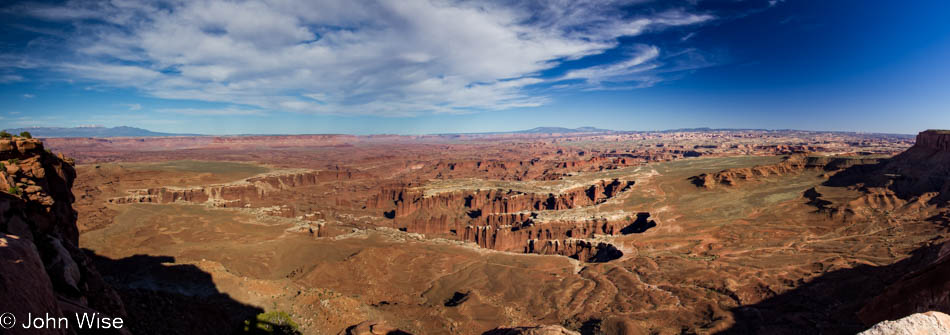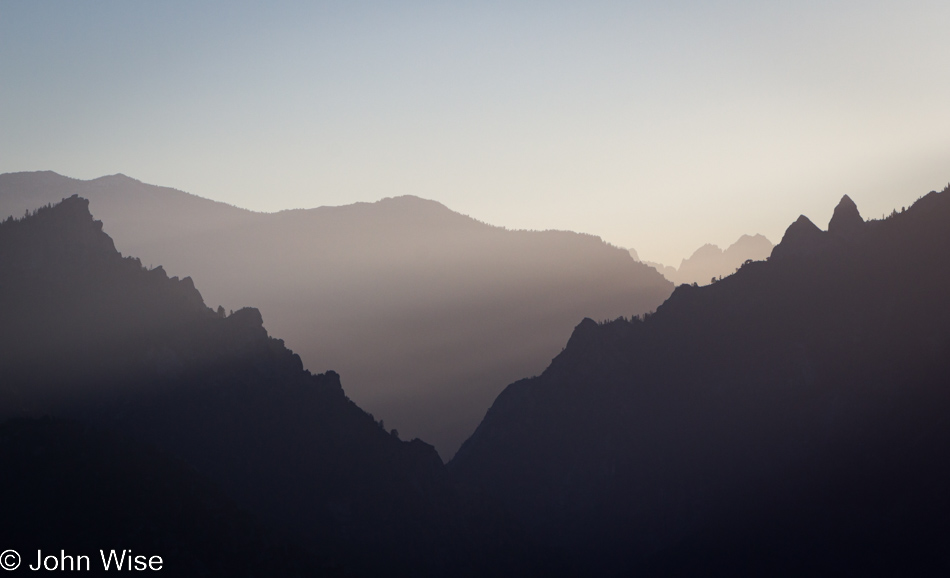
It’s morning in the mountains with the sun straggling over the heights, slipping over one peak to be trapped behind another. Shadows still rule the early day up here. The traffic that will befoul the roads in a few hours is still at bay, as is the heat. A cool, moist air tries to convince us that we could be a bit chilled. But we come from the desert below and will enjoy our moment of freedom from oppressive weather. At home, even the early morning sun peaks over the horizon with a sizzle this time of year, up here, we are temporarily saved from its blistering attack.
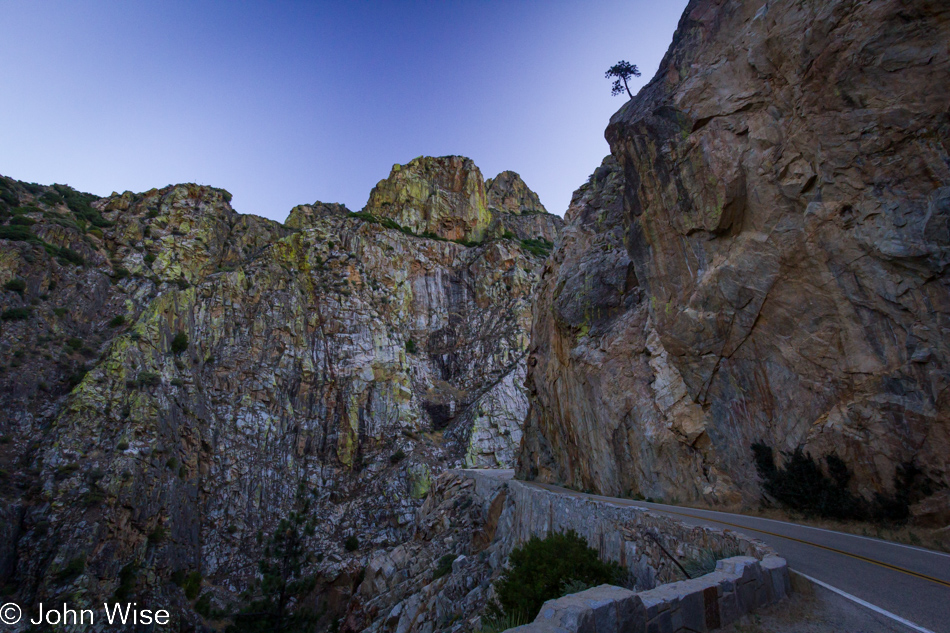
Addition: It’s January 2023, and in the process of creating an index of our travels, I recognized that over the years, some blog posts weren’t connecting to the uploaded photos and instead were using some kind of cached image. This has required me to reupload dozens of day’s worth of photos spread out over some years. In some cases, I’m seeing images I should have uploaded or at least, some I want to upload now. The images that are reuploaded are also being adjusted as in my view, I think I’m able to do a better job using Lightroom. There’s one other image I’m adding below that I’ll also mark as an addition. As for the subject matter, we were driving through a canyon on a narrow road hanging to the side of a cliff.
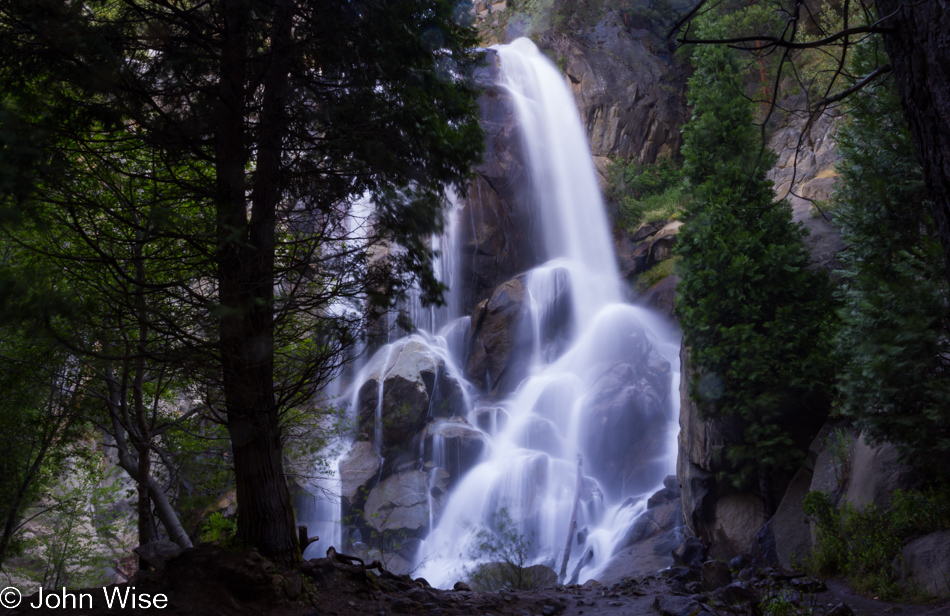
A subtle yet magnificent waterfall – Grizzly Falls. The mist is being shot out of the foot of the falls; all around us, the ground, the trees, the leaves, and soon we, as well, are covered in moisture. Until then, we delight in standing near the cascade of wispy veils of water that spray over the boulders, wet our faces, and cover our glasses in droplets, obscuring our sight. Eventually, the cold of the early morning finds its way through our thin layer of toughness, shortening our stay. Anyway, we have a date with a ten-mile-long trail.
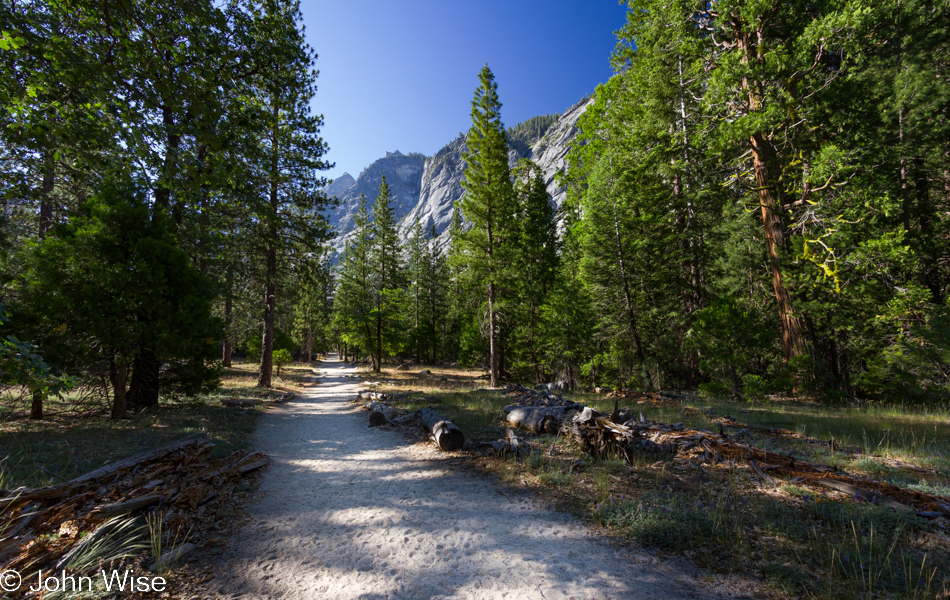
So, we cut the thirty-mile drive from three hours yesterday down to an hour and a half this morning, but it still was too long to be off on our hike near sunrise. We reach the trailhead at 7:45; we might have to do better than a mile an hour this time – maybe. Luck would have it that the parking lot is still relatively empty, so not too many people should be on the trail yet; plus, some of these cars probably belong to the backpackers who have taken the longer hike up to Paradise Valley and points beyond. We are on the Mist Falls Trail, which becomes the Woods Creek Trail just beyond our destination.
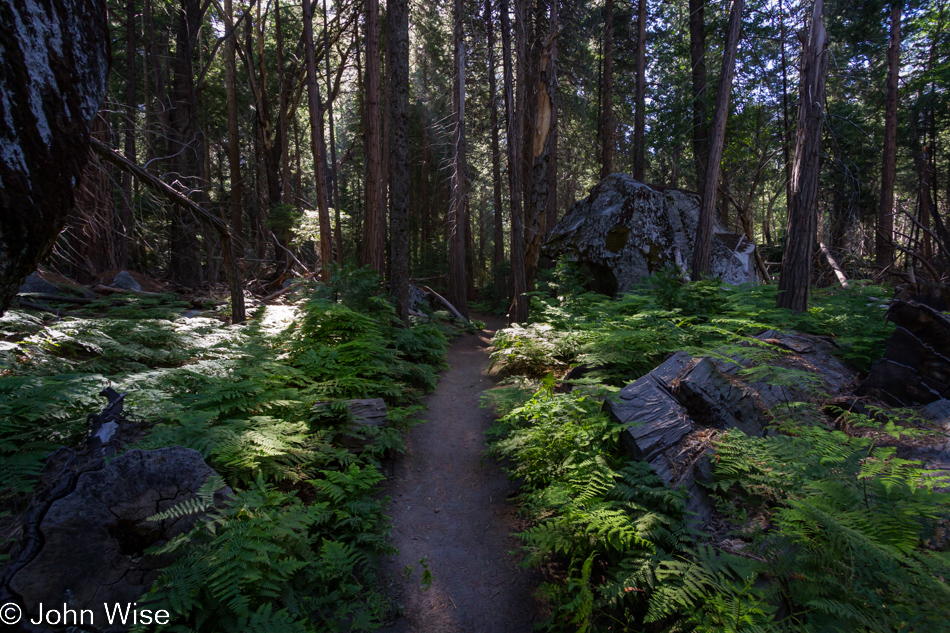
The first part of the trail is nearly level and casually cuts a path through the meadow and intermittent forest. In a moment, boulders dot the landscape, and the hike turns up a canyon. Grasses give way to ferns, and the trail becomes even lusher. Down at the foot of the canyon, we are once again in shadow, this time from the sun eating Mount Gardiner standing overhead at 12,907 feet. After more than an hour, no one else has passed us, but this is about to change.
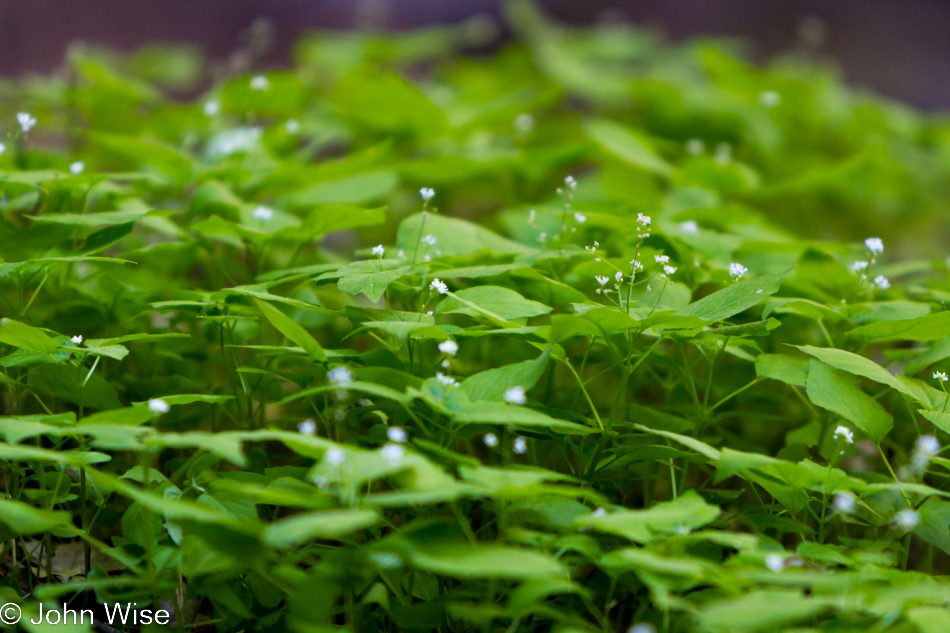
The forest is old and constant yet, at the same time, new and dynamic. The trees may have towered above for hundreds of years, but this fresh green growth has come up with the disappearance of the last snow and the march forward of spring. We would easily be forced to our knees and crawl to catalog all that is to be seen here, but that would give short change to what is above our heads. And what of all that is before our noses? The day is too short for everything our eyes, ears, noses, and fingers can behold; life is too short to see all that it has put before us.
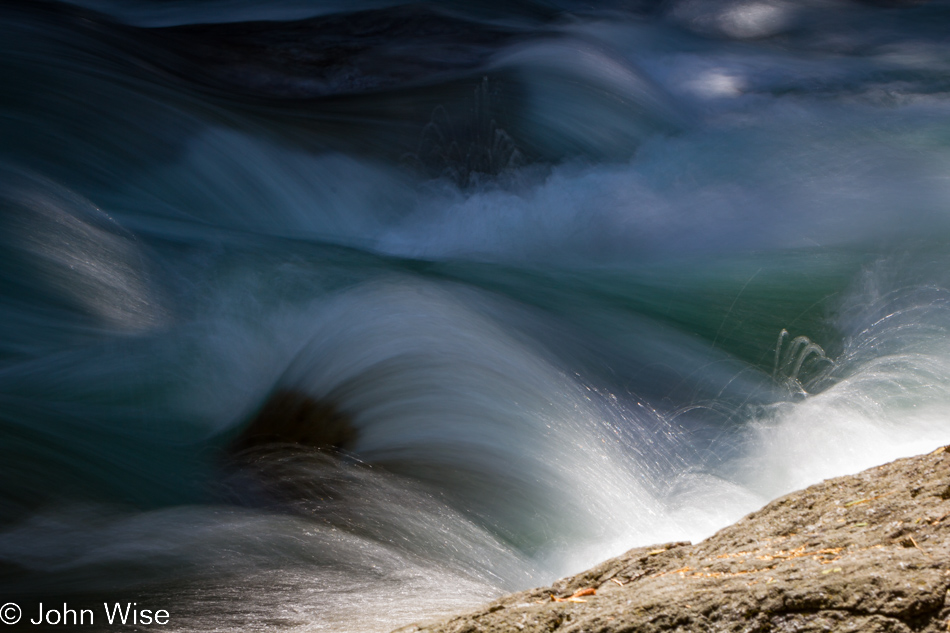
For an hour now, we have been walking along the river. It’s not always visible, but we can hear it. When it does come into view, it doesn’t fail to amaze. Maybe we dam our rivers to allow us to forget what a wild river looks and sounds like. This way, we do not wish to see more racing, tumbling water; we accept that water is controlled, portioned, priced, and commodified. There is an inherent, maybe even primordial, draw to rushing water. When you look into the crashing waves, the deep emerald flow, and the white foamy tumult, there is an elevation of senses that tells you that the world and all that is around you is vibrant and alive. It demands your attention, your respect, and your sense of awe.
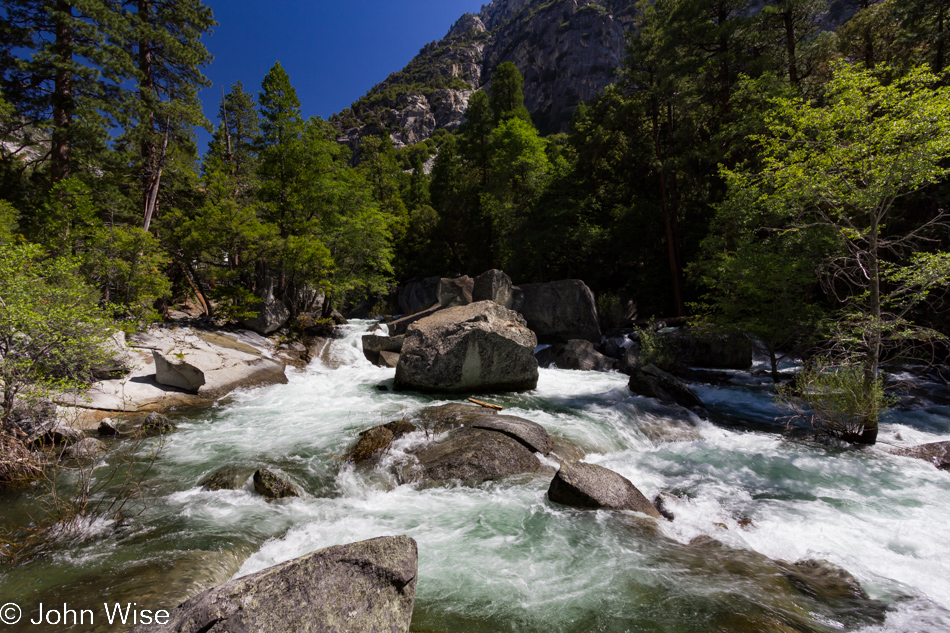
The trail steepens, and the river grows louder. Mosquitos politely remind us that we should put on gobs of insect repellent, which we do in great haste. We are gaining in elevation, and while the trail map claims that we will only gain 800 vertical feet, it feels like a lot more. If it weren’t for the flying mini-monsters emitting those high-frequency buzzing noises, we could pull up a chair and feel like we’ve seen it all, being content to call this the end of the trail. Moving forward keeps the blood-sucking tyrants away from the places the repellent missed, and who knows, maybe Mist Falls will be even more beautiful than what we are looking at on our way.
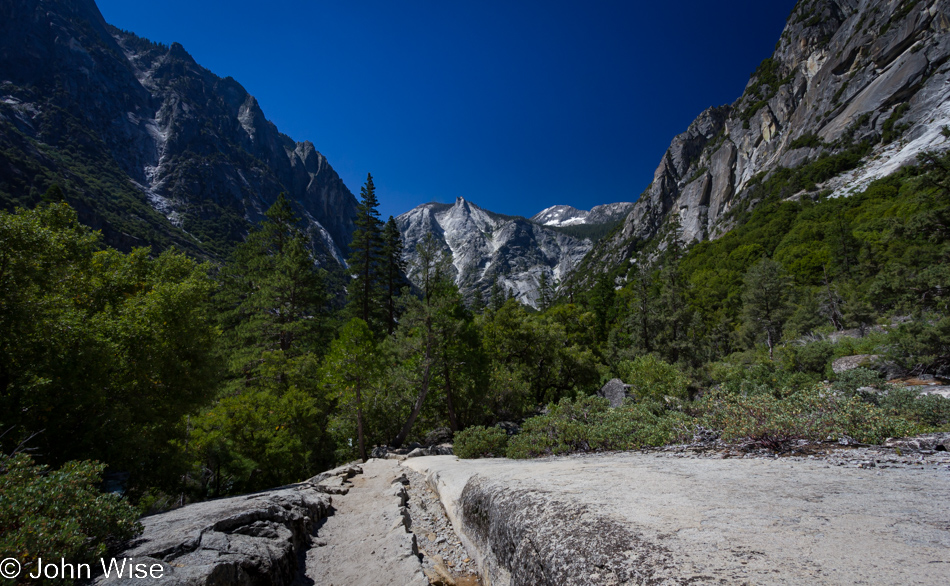
Addition: With so many intimate shots showing the details of the place we were visiting, I thought it was needed here in January 2023 when I updated this post to add a better overview of where were at in Kings Canyon National Park.
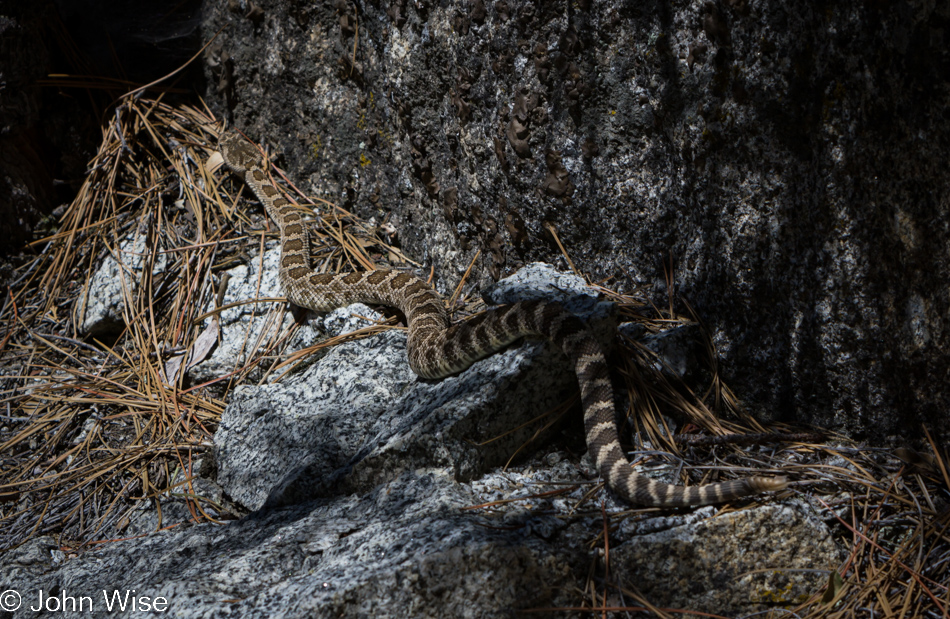
Is that the sound of a rattlesnake? Well, look at that: right next to the trail, the first rattlesnake in the wild Caroline and I have seen. Over the rest of the day, we’ll see two more. For twenty minutes or so, we stood still, watching the snake map his territory. Or maybe it was just trying to figure a way out. From where we first saw this five-year-old specimen, it was at the end of the road unless it was going to try to pass us. It curled up behind the rock next to the trail in a defensive position until it recognized that we were not trying to corner it and finally, it started to relax and slithered back up the trail in front of us. The snake found a crevice and, within minutes, was above us in the rocks and soon gone.
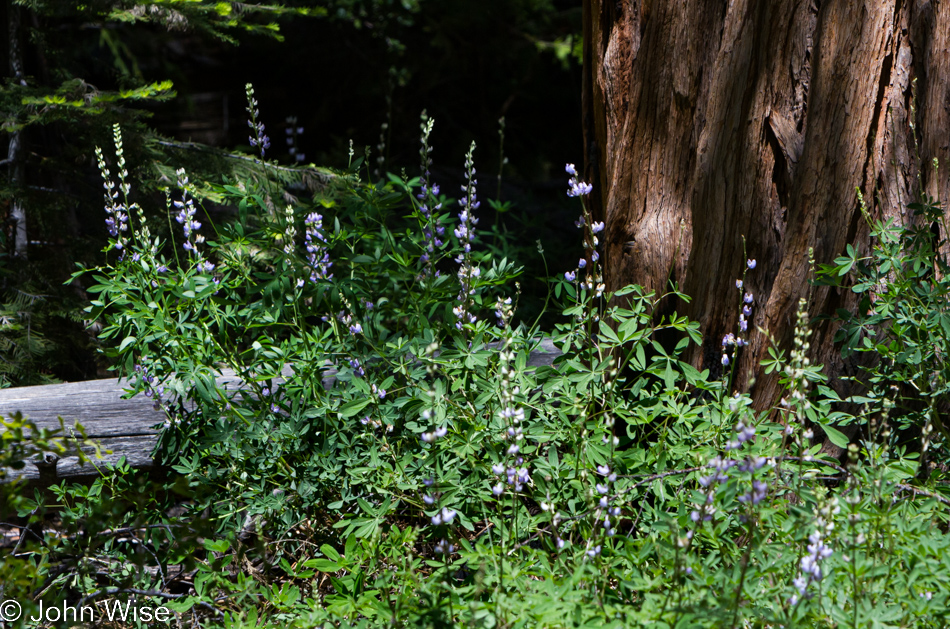
To think that a few months ago, this trail was covered in snow. Maybe ice had formed along the river, or had it stopped flowing over the winter? Is it silent here under the trees in January? While wildflowers can’t literally scream and dance, they do come close with their beauty beckoning us to admire their perfect setting as we walk by. All of the pieces are laid out in such a way that the contrasts, gradations of color, and depths say you are about to see just what your imagination of what a perfect reality should look like, looks like. And there it is, next to the red bark of a tall tree, against the dense forest, in sun, speckled with blotches of shade, fern fronds in the background catching glimmers of light, fluttery insects bouncing from purple flower to flower and floaty ephemeral unknown things drifting in the air above this perfect scene, it is all so dreamy and all ours for as long as we choose to bask in its glow.

Mist Falls. We have arrived. While Mist Falls themselves were quite nice, it was the cascade just above them that really drew our attention. Riverside Caroline took off her boots and stepped into the “very” cold waters of what is part of the South Fork of the Kings River. This was also a great spot for her to dry her socks and for us to break out our lunch. Today’s gourmet mid-day meal was of whole wheat bread bedecked with peanut butter, raspberry peach jam, and sliced banana – a PBB&J. Drink was courtesy of our Camelbak and was of the lukewarm water variety. But then, who cares about food while the eyes are feasting?
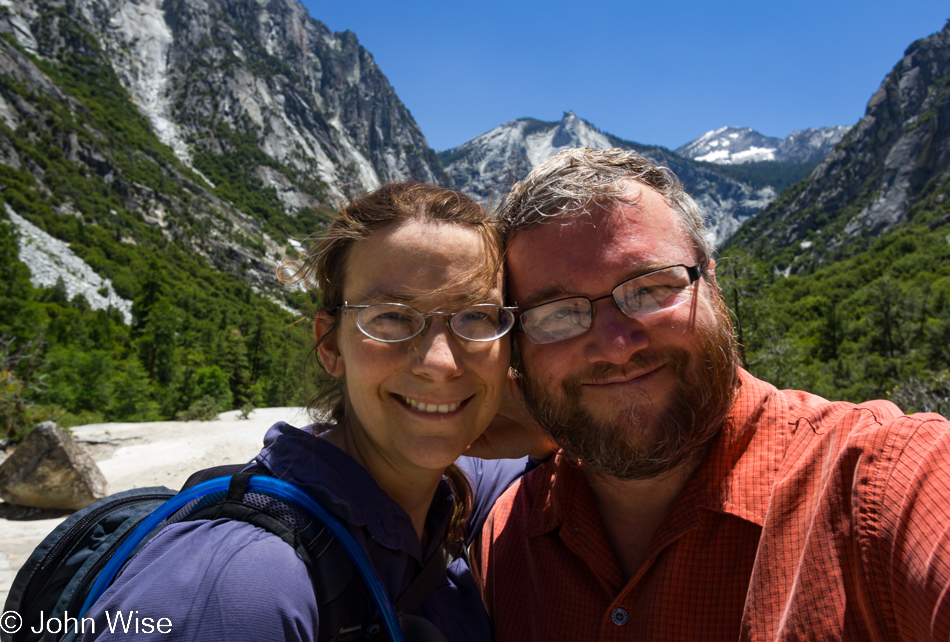
Ok, time to run down the mountain. Like that’s going to happen with Pokey and Sleepy Wise. Everything looks so different hiking in the opposite direction; we have all the reason in the world to inspect these details with all of the attention spent on the trip up. There was a photo I didn’t include of our trek up the trail; it was taken just before the photo of the rattlesnake, and a glimpse of it can be seen behind us in this photo. The view from up here is the kind of vista you hope to see after hiking through the forest and up mountains. It is obscured here by our big heads, and to see it in its full grandeur, one should have to make the journey to Kings Canyon National Park and get off the beaten path to witness it in person.
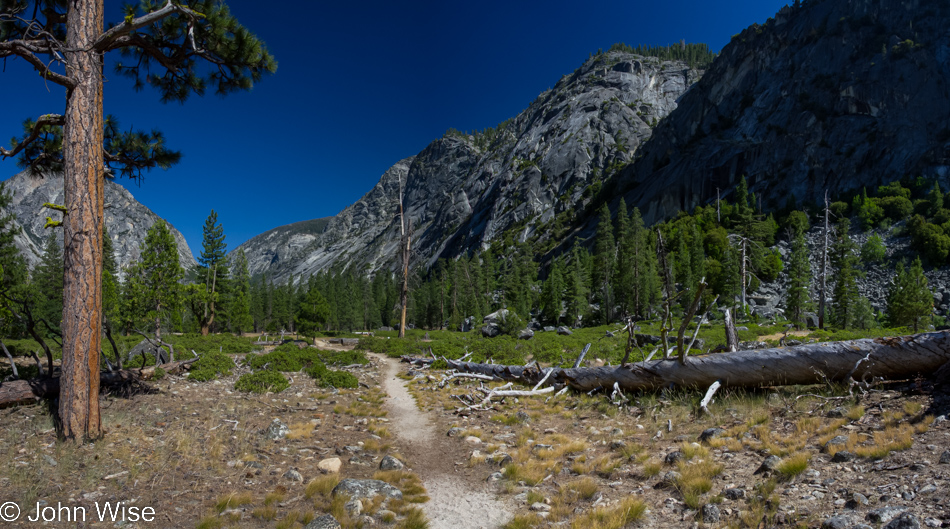
The trail back to the car took a detour over a bridge and through the forest on the opposite side of the river. We were almost turned back by our apprehension of crossing a small but fast-moving knee-deep stream. Lucky for us, a group of half a dozen hikers came by and marched right over those strategically placed tree limbs like they were a bridge built just for them. We mustered our courage and followed their path. Yay, we will be able to take this alternative route to finish our hike! This was only as good an idea in theory as the reality of the soreness in our feet counterbalanced that enthusiasm and had us thrilled when we finally saw the next bridge that would deliver us back over the river towards the trailhead.
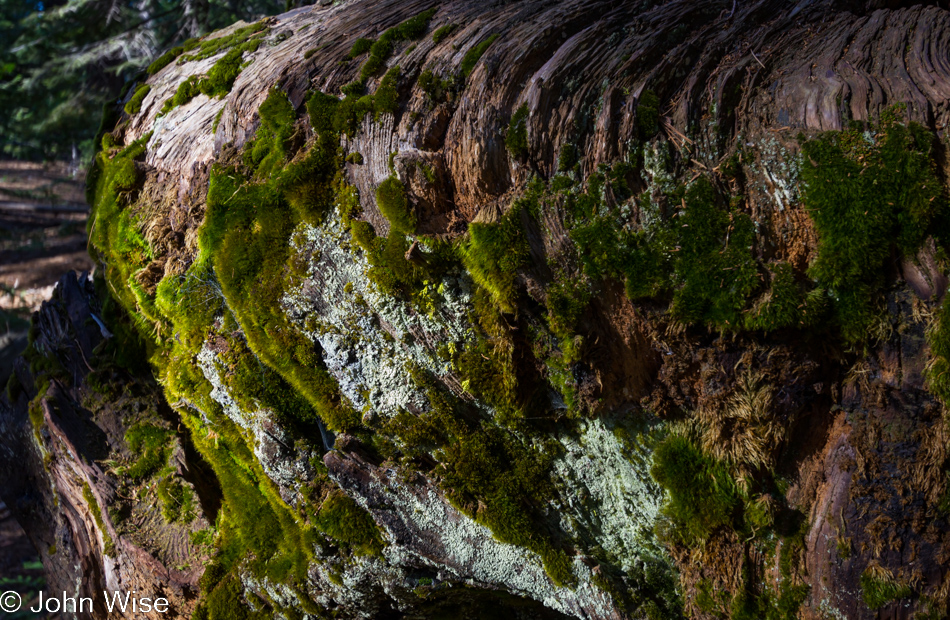
With that hike behind us and it still early in the day, we weren’t about to waste the light of day by putting our tired feet up; we drove right over to Converse Basin. The night before, Ranger Frank (aka John Muir) Helling told in his narrative of a burned-out sequoia tree that the real John Muir cut into with his ax more than a hundred years ago to count the growth rings. Those ax marks can still be seen and rings counted like they were exposed just yesterday. Funny thing to stand there thinking that John Muir would have seen pretty much the identical things I’m looking at. No, this picture is obviously not those ax marks; it is the moss that grows on the opposite side of this burned-out hunk of tree. As mentioned above, some things have to be seen by your own eyes.

The sun is low but not gone after dinner. We take the short drive to Grant Grove to see the namesake of this corner of Kings Canyon National Park. The General Grant Tree is the second largest tree on earth, and the nearby General Sherman is the largest. While reading about the trees, I was reminded that Caroline and I have visited the largest trees on earth here in Kings Canyon and Sequoia National Park, the tallest trees at the Redwoods National Park, and the oldest trees on earth, the bristlecone pine in the Great Basin National Park. Not ready to go to our cabin, we took in another ranger-led campfire talk, this one about the history of the sequoia groves, logging, and Sequoia and Kings Canyon National Parks.

